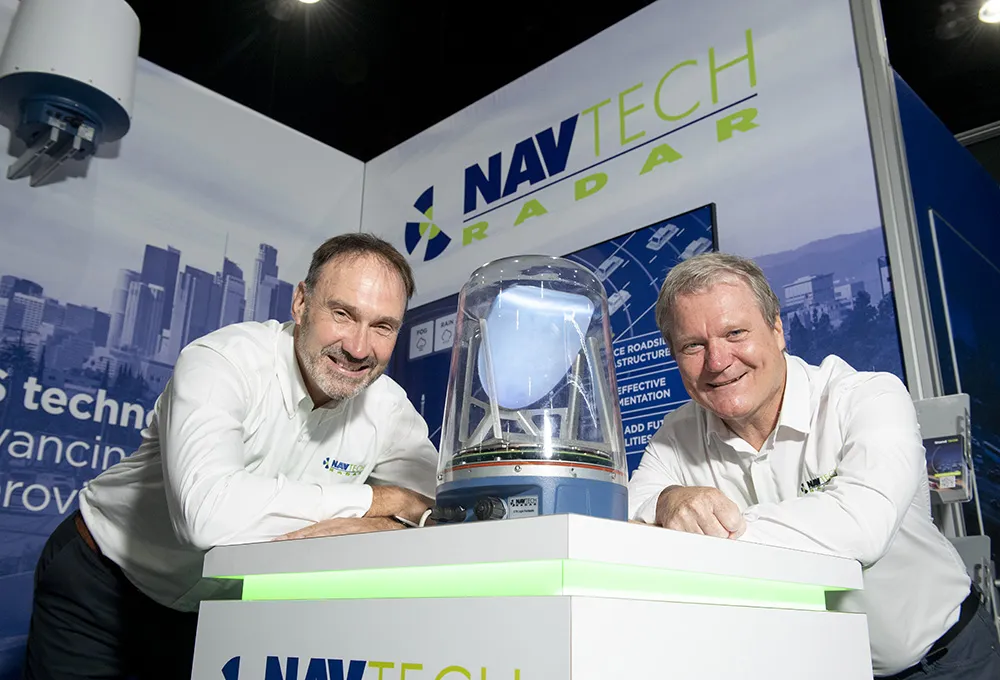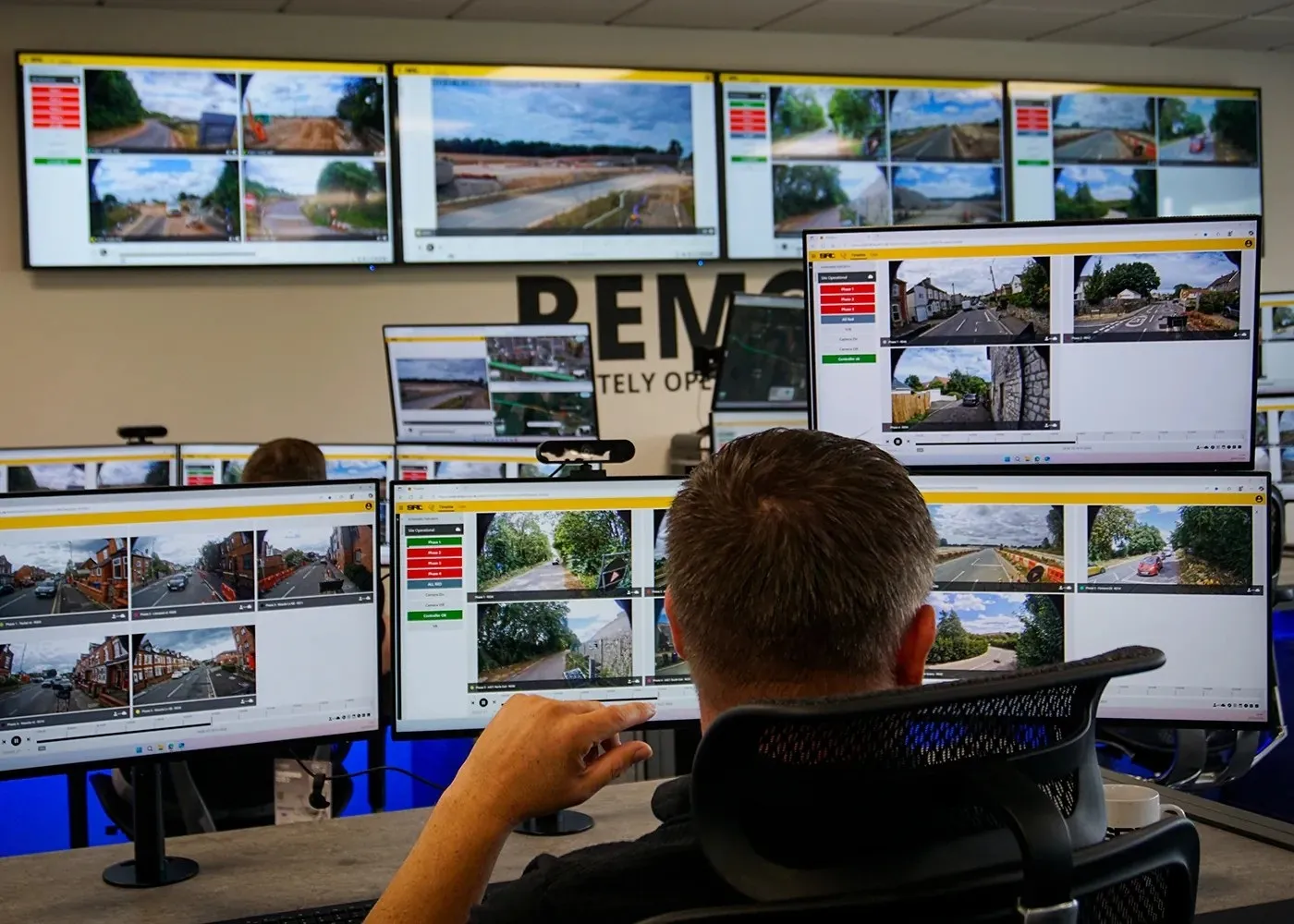Traffex 2013 sees the launch of the latest generation intelligent radar detection system from AGD Systems. The 318 radar is designed specifically for the detection and monitoring of vehicles in single or multi-lane environments. The company says it introduces a new family of radar systems to meet the increasingly complex demands of the ITS sector and is AGD’s most advanced system yet. Using a frequency modulated continuous wave (FMCW) radar in the 24GHz band, this multi-target acquisition platform is capabl
March 18, 2013
Read time: 2 mins
The 318 radar is designed specifically for the detection and monitoring of vehicles in single or multi-lane environments. The company says it introduces a new family of radar systems to meet the increasingly complex demands of the ITS sector and is AGD’s most advanced system yet.
Using a frequency modulated continuous wave (FMCW) radar in the 24GHz band, this multi-target acquisition platform is capable of tracking up to 10 individual vehicles simultaneously as they approach or recede from the radar which provides range, speed, vehicle count and occupancy measurement for traffic flow control.
The 318 measures speeds from 10 km/h to 250 km/h across several lanes and makes target range measurements of up to 70 metres. Live, real-time traffic data is passed to the host system via its serial RS422 interface or opto-isolator detect outputs for SCOOT and MOVA traffic signal control applications to optimise the flow of traffic. Its flexible platform means it can also be used for incident detection and congestion management.
In common with all AGD intelligent radar detection systems, Hyperion, a bespoke set of test and simulation equipment is an integral component of the 318 product process. The AGD certified symbol guarantees premium detection performance.









